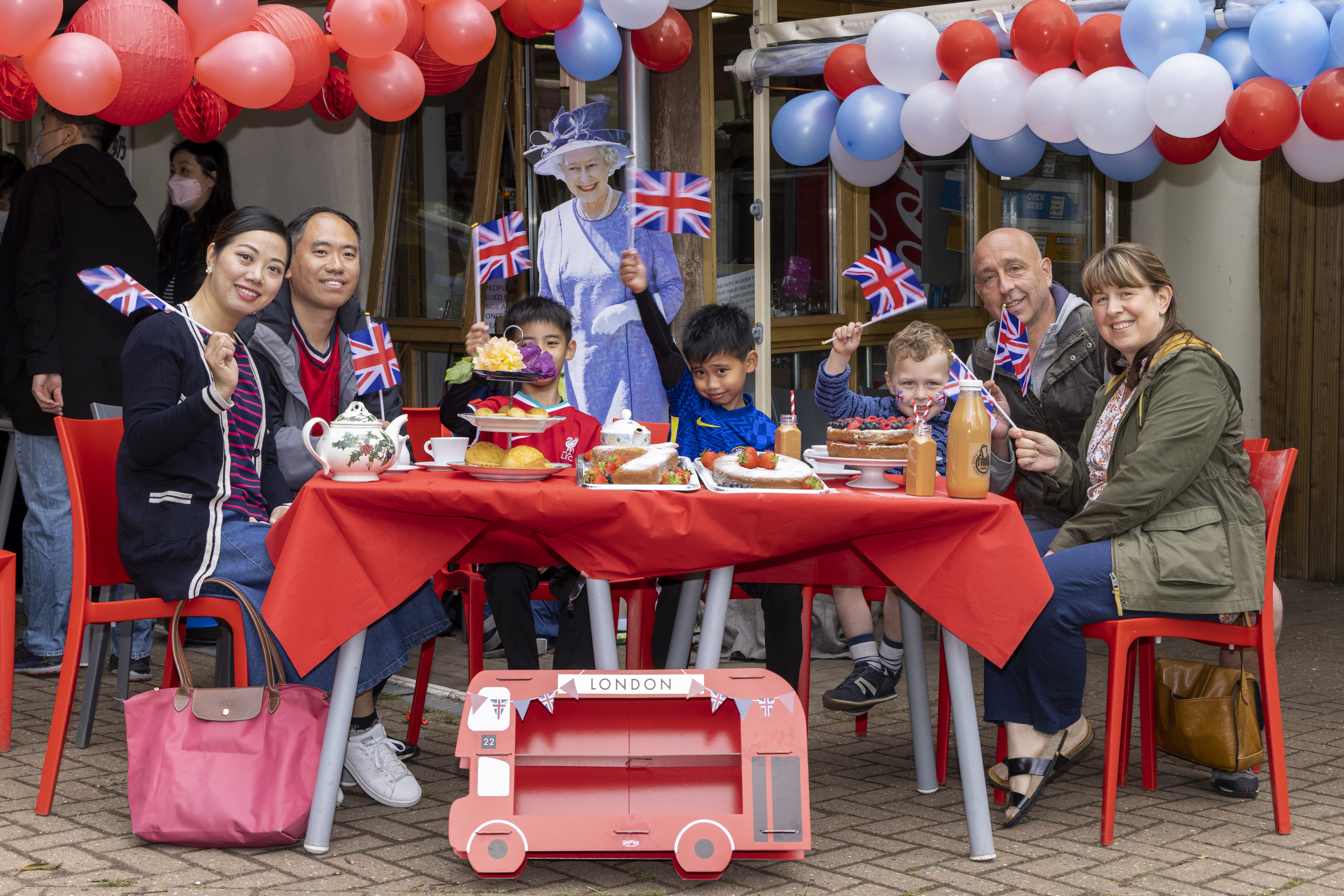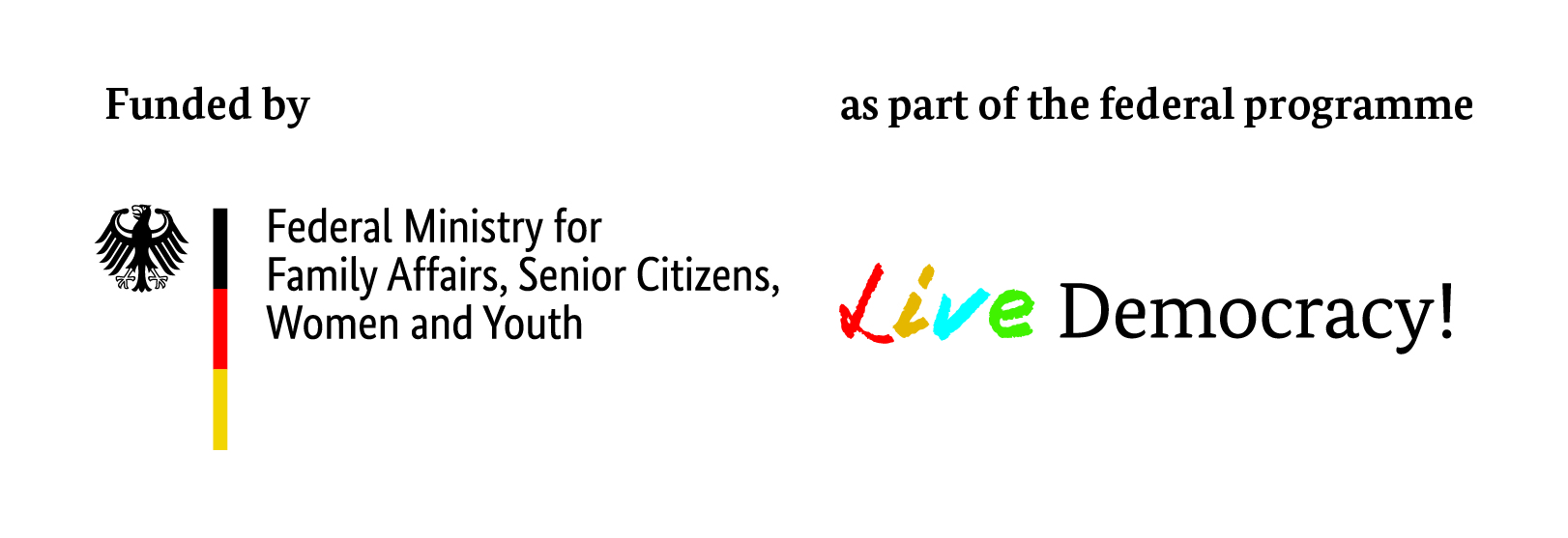A sustained approach to communicating with ‘balancer middle’ audiences: lessons on messaging, media relations & coverage
by Sunder Katwala, Director, British Future
Though public and media debate about immigration is often polarised, many people are balancers on immigration. Balancers – or the “moveable middle”, as ICPA describe them, typically see both pressures and gains from immigration; combine support for the principle of protecting refugees with an interest in a system that is both orderly and compassionate; and are often concerned about both discrimination and disadvantage and about the quality of integration and contact.1
But how can constructive messages about migration and integration reach these large sections of the public who are both sceptical and engageable on issues of migration and integration? Those challenges with a special focus on how to build long-term media relationships were discussed in an ICPA seminar in July 2022 drawing on the experiences of British Future over the last decade.
British Future is a non-partisan UK think-tank and charity, founded in 2012, which aims to promote a more confident, inclusive and welcoming Britain. It seeks to engage both those with mixed and anxious views about issues of identity and migration, as well as those who are already confident about them. The seminar brought together a group of German activists within the framework of the RESET project and sought to explore the potential transferable lessons from this British experience for those working in different national and local contexts, who are also seeking to engage both supportive and more sceptical ‘balancer’ audiences.

Newly arrived Hong Kongers and the local community celebrating together.
1. From ‘them and us’ to the ‘new us’
A strongly populist anti-migration and anti-diversity message is usually pitched in ‘them and us’ terms. There will be ‘too many’ of ‘them’ – a particular group of migrants and minorities – putting pressure on resources and creating tensions over identity and culture (because ‘they’ are not like ‘us’). There are grievances that debate gets closed down too quickly through accusations of xenophobia and racism. Pro-migration advocacy with a message of ‘they are good for us’ has limitations. While this is more benignly intended, it is still a ‘them and us’ message, and a more effective message would do more to transcend this.
Civic voices working on migration and integration issues often face similar challenges across different countries. In particular, there is a similar sociology of those with the most positive views – by age and education, politics and migrant heritage – while those with the most negative views will often have a contrasting demographic profile and low levels of social contact with migration and diversity. However, while there are parallel challenges, the political discourse around migration issues and broader issues of identity and integration is much more national than transnational. The lived experience of migration, moreover, is rooted locally: in the places where incomers and the communities they join mix and meet. So while there are significant transferable lessons, applying them successfully needs to be located in the national and the local context.
2. Timing matters: When are positive stories newsworthy?
Mainstream national and local media outlets are more likely to reach these broad general public audiences at scale. Social media campaigns may need significant resources – and NGO-led efforts will usually reach more engaged and more supportive audiences, unless working with outlets or partners with distinct audiences.
We all know that bad news makes news: terrorist incidents and serious crimes get covered because they are not normal. The challenge is that the everyday, lived story of positive contact and integration, though more common, is less newsworthy. But the idea that good news is not news is an over-simplification. Media outlets run plenty of good news stories too – often with a human interest angle, or some surprising feature that makes this worth reporting.
Timing really matters. Some events – shock events, crises and pandemics – cannot be predicted. Yet there are other occasions, such as major national events, anniversaries and public holidays, when there is a softer news agenda. This can be used creatively to tell those everyday stories of contribution, contact and change across generations, in ways that can be newsworthy in this context. One UK example that had strong national media reach was during the Jubilee of the late Queen Elizabeth II earlier this year, when we helped tell the story of a ‘ Jubilee tea party’ bringing newly-arrived Hong Kongers and local people together.
Ironically, if an audience is sceptical about the integration of an ‘out group’ then relatively ‘ordinary’ stories of migrant and minority participation in major events and occasions, alongside everybody else, can be seen as newsworthy. So this creates an opportunity that can be used to help to shift that sceptical norm, because it provides a frame to show how those who are joining our communities may often get involved in local and national traditions.
3. Repeat your successes
‘Show not tell’ stories can involve a lot of work for a one-off communication. If you can find an effective message and peg, it can be possible to institutionalise recurring stories. The UK marks Remembrance every Autumn and British Future has used this moment to project a ‘ Remember Together’ message, telling the story of migrant and ethnic minority contribution and shared history.
For the 70th anniversary of the Refugee Convention, we brought together refugees from each of the seven decades to tell their stories. The liberal Guardian and the conservative Daily Express saw those personal stories as worth sharing. Six refugees from six decades had told a similar story at a refugee-led street party to mark the Queen’s Diamond Jubilee 11 years earlier.
The sustained successful use of anniversaries can elevate new opportunities. The 50th anniversary of the arrival of the Windrush in 1998 was used to project this as a symbolic ‘origins’ moment for post-war Commonwealth migration and a new multi-ethnic Britain, taking a story familiar to academics and to black Britons out to a general public audience. A broad civic alliance began, in 2013, to call the anniversary of the ship’s arrival “Windrush Day”. The government adopted that in 2018, partly in response to the ‘ Windrush scandal’, which saw hundreds of Commonwealth citizens in the UK unfairly denied their rights. An ever broader coalition is now seeking to make the 75th anniversary a major national occasion next year, which offers an opportunity to locate the history of migration and race in Britain as part of British history, not just that of minority groups themselves.
London school girls taking part in a "Remember Together" event.
4. Finding unusual allies: explore the shared interest in bridging diversity and tradition
To open the door, it will make a significant difference to build alliances with institutions or messengers that are familiar and trusted by balancer audiences and the media outlets that reach them. Voices from sport, faith and military backgrounds may be relevant for specific campaigns. This would make it easier for an editorial team to see how they could make your story work. Over time, institutions with a reputation for tradition – and strong reach to older and more conservative audiences – may also be thinking about how to reach across generational divides and recognise growing ethnic and faith diversity in a way that can work for them. This happened, over time, with sporting governing bodies and national teams, which found ways to tell new stories about inclusion and diversity over the last couple of decades. Large national charities involved in history, heritage and conservation are seeking to follow this too.
5. Relationships matter – and help to manage the risks
Unusual alliances bring opportunities and risks. What are the risks? A bridging message may appeal to both NGO voices engaged in migration and diversity and to a tabloid newspaper – but perhaps for different reasons. Stories of migrant contribution and ethnic minority success have a positive appeal, including because they offer a positive rather than negative account of the host society. Getting the tone and balance of this message right may be challenging. Over time, we do not want to promote the idea that positive contributions are exceptional, but rather an emerging everyday norm. It is also likely that such positive stories will appear in outlets that also carry reports with tougher messages – reflecting the mixed and changeable views of the audience.
Ultimately, success in handling these relationships is about building sustained partnerships: not seeing ‘unusual allies’ or ‘unusual outlets’ as daring raids into ‘enemy territory’ but an opportunity to broaden the story of how our societies are experiencing and handling social change. It is about projecting how meaningful contact across perceived ‘them and us’ divides can make a significant contribution to building confidence in a shared future.
This blog was developed by Sunder Katwala, Director, British Future. Thanks to Sunder and Steve Ballinger, Director of Communications, British Future for their effort and support.
The blog was developed in the framework of ICPA’s RESET project as part of a set of resources to support the strategic communications work of a network of German activists. Support for researching and developing the case study was provided by:

This publication does not express the opinions of BMFSFJ or BAFzA. The authors are solely responsible for the content of the publication.
- 1See an overview of the National Conversations project where this term ‘balancers’ emerged. (A collaboration between British Future and Hope not hate)